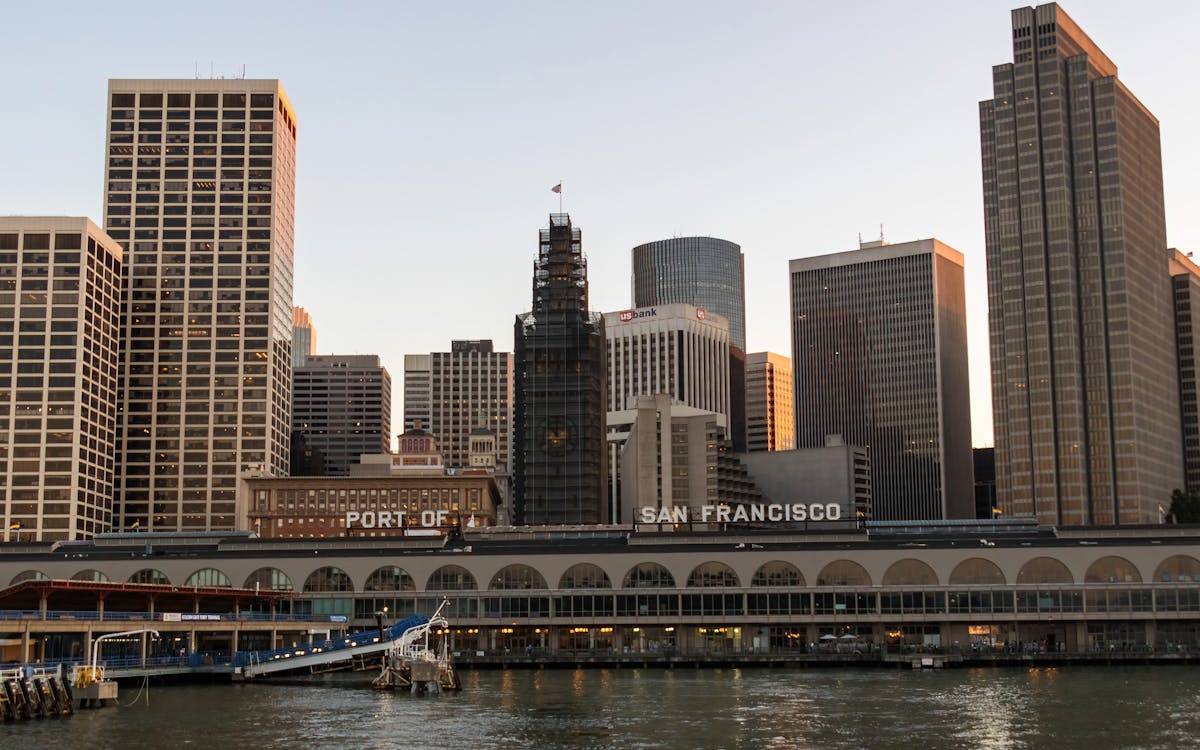
Why Restoration Matters More Than Ever in the Bay Area
Over the last couple of years, the San Francisco Bay has actually weathered the influence of city development, industrial development, and environment adjustment. When teeming with wildlife and lavish wetlands, much of the bay's natural communities have been fragmented or degraded. Yet in the middle of these difficulties, something amazing is happening: neighborhood homeowners, volunteers, and grassroots efforts are leading a wave of ecological reconstruction that's bringing new life back to the Bay.
Restoration isn't nearly planting trees or tidying up trash, though those efforts are essential. It's concerning reconstructing the structures of life, from marsh lawns that support fish nurseries to coastline buffers that defend against flooding. And in this region, the power of neighborhood participation is turning the trend very reasonably.
From Marshland to Miracle: The Return of Native Habitats
One of the most noticeable changes occurring in the Bay Area is the re-emergence of indigenous habitats. Wetlands that were as soon as drained or paved over are being rehydrated and replanted. Yards and shrubs native to the area are being cultivated by neighborhood teams, that frequently count on neighborhood volunteers to help grow seed startings and take care of controlled planting events.
These native plants do greater than include plant to the landscape. They offer refuge to migratory birds, pollinators, and little animals, developing pockets of biodiversity in the middle of busy urban zones. As these habitats expand, so does the environmental health and wellness of the Bay itself. When neighborhood homeowners take time out of their weekend breaks to obtain their hands in the dirt, they're not simply growing-- they're joining the reconstruction of a living, breathing ecosystem.
The Role of Education in Fostering Environmental Stewards
Education plays an essential part in why these community-led efforts are working so well. Schools, neighborhood facilities, and not-for-profit groups are organizing hands-on knowing experiences where participants of all ages can recognize the scientific research and relevance of repair. These programs commonly bring people face to face with issues like disintegration, air pollution, and water level rise-- subjects that can really feel abstract until they're seen up close.
When a person sees the fragile balance of a tidewater or discovers how a solitary plant types can filter toxins from the water, the worth of that understanding comes to be individual. And with that understanding comes the inspiration to act. Restoring ecosystems ends up being less of a duty and more of an objective. This deep connection to regional spaces is what sets the Bay Area apart and gas the long-term success of these efforts.
Utilizing the Digital World to Drive Real-World Change
Surprisingly, the push to heal the Bay's ecological communities isn't occurring alone from the digital world. Modern technology is becoming an effective device in rallying support, spreading recognition, and connecting neighborhoods. Whether with person science apps that track indigenous varieties or neighborhood online forums organizing reconstruction occasions, the online area is matching boots-on-the-ground activity.
In the last few years, also neighborhood outreach strategies have developed. For instance, a social media marketing agency in the Bay Area might sustain ecological campaigns by helping volunteers enhance their impact, inform their tales, and influence others to get involved. These electronic touchpoints have the power to turn a small weekend break cleaning into a local activity just by letting individuals understand it's happening-- which it matters.
Email Campaigns That Inspire and Inform Local Change-Makers
One more digital method making a tangible distinction is email interaction. Updates regarding remediation occasions, seasonal planting initiatives, and donation drives are often shared via thoroughly crafted e-newsletters that page strike a balance in between being helpful and inspiring. It's not uncommon for a well-timed project from an email marketing agency in San Francisco to bring a thrill of volunteers or contributions to a project in need.
These email projects aren't just transactional-- they're transformative. By informing clients about the direct effect their participation has, they support long-term interaction. Visitors involve seem like stakeholders in the health of their region, and that emotional connection equates to lasting dedication.
The Unseen Work of Connecting Data, Communities, and Nature
Behind every effective restoration project lies a complex web of sychronisation. There's study to understand what habitats require most, area responses to form comprehensive strategies, and follow-up surveillance to make certain success. This sort of recurring initiative usually calls for not simply heart, yet data, technique, and communication.
That's where the support of a digital marketing company in the Bay Area can make a silent however important difference. By aiding organizations build solid digital systems, gather understandings, and fine-tune their messaging, these teams make it possible for community teams to scale their effect. The outcome is a much more linked and effective movement, where every action counts, and everyone feels like they're component of something bigger.
The Power of People in Preserving the Bay's Future
If there's one point the Bay Area has confirmed, it's that remediation does not have to start with large organizations or massive budget plans. It can start with one neighbor pulling weeds from a route, one student planting an indigenous sapling, or one household turning up to a shoreline clean-up. These tiny activities add up, particularly when they're sustained by smart techniques and shown to the more comprehensive community.
There's something distinctively enthusiastic concerning seeing the tides turn-- both figuratively and actually-- for nature. The Bay is much from totally recovered, but it's being revived everyday with the perseverance and treatment of those that call this area home. With each marsh rebuilt and each indigenous species protected, we're not just bring back ecological communities-- we're imagining what's possible when communities lead with purpose.
Maintain following this blog site for even more tales on regional modification, neighborhood effect, and the methods you can be part of safeguarding the natural appeal that borders us.